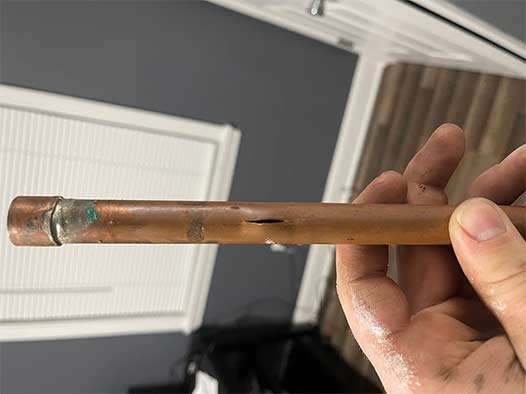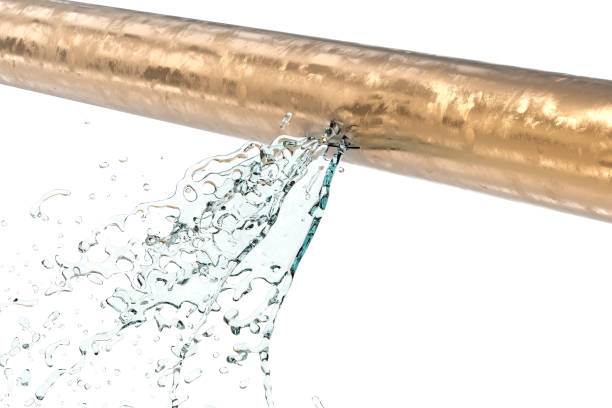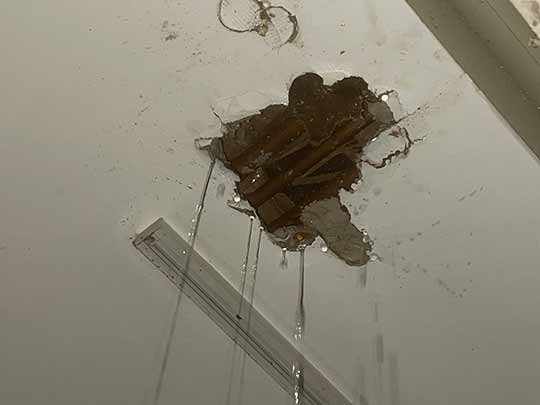A burst pipe can cause significant damage to your home and can be a stressful and inconvenient situation to deal with. When a pipe bursts, it is important to address the issue promptly to minimize the damage and restore normalcy to your household. However, the time it takes to fix a burst pipe can vary depending on various factors. In this article, we will explore these factors and provide a general timeline for fixing a burst pipe.
Factors Affecting the Time to Fix a Burst Pipe
Several factors can influence the time it takes to fix a burst pipe. It is essential to consider these factors to understand the potential timeframe for resolving the issue.
Severity of the Damage
The severity of the burst pipe damage plays a significant role in determining the time it will take to fix it. A minor leak or a small crack in the pipe may be easier and quicker to repair compared to a large rupture that requires extensive replacement.
Accessibility of the Pipe
The accessibility of the burst pipe also affects the repair time. Pipes located in easily accessible areas, such as basements or utility rooms, can be fixed more quickly than those hidden behind walls or underground. Increased accessibility allows plumbers to reach the pipe more easily, speeding up the repair process.
Material of the Pipe
The material of the affected pipe can influence the repair time as well. Different materials may require varying repair techniques and tools. For instance, fixing a burst PVC pipe might be faster than repairing a burst galvanized steel pipe. Plumbers need to consider the material while planning the repair process.
Extent of Water Damage
When a pipe bursts, it often leads to water damage in the surrounding area. The repair time will not only involve fixing the pipe but also addressing any water damage caused. Drying out the affected area, repairing any structural damage, and preventing mold growth are vital steps that may add to the overall repair timeline.
Plumber Availability
The availability of a qualified and experienced plumber can impact the time it takes to fix a burst pipe. If a plumber is readily available, they can address the issue promptly. However, during peak plumbing seasons or emergency situations, it might take longer to secure the services of a professional, resulting in a delay in the repair process.

As soon as you discover a burst pipe, it is crucial to act quickly.
Timeline for Fixing a Burst Pipe
While the time to fix a burst pipe can vary, we can provide a general timeline that applies to many situations. It is important to note that this timeline is an estimate and specific cases may have shorter or longer repair times.
1. Immediate Response
As soon as you discover a burst pipe, it is crucial to act quickly. Turn off the main water supply to your home to minimize further damage and reduce the flow of water. This immediate response can help prevent additional water damage and give you more control over the situation.
2. Contact a Professional Plumber
Next, contact a qualified plumber who can assess the situation and provide a solution. Explain the severity of the burst and ask for their availability to get an idea of when they can reach your location. It is advisable to choose a licensed and insured plumber with experience in handling burst pipe repairs.
3. Evaluation and Damage Assessment
When the plumber arrives, they will evaluate the extent of the burst pipe and assess the overall damage caused. They will determine the necessary steps for repair, including any additional work required to address water damage or structural issues.
4. Shut Off Utilities and Prepare for Repairs
Before initiating the repairs, the plumber may need to shut off utilities in the affected area to ensure safety. They will prepare the necessary tools, equipment, and materials required for the repair process.
5. Pipe Repair or Replacement
The actual repair or replacement process will begin at this stage. If it is a minor leak or crack, the plumber may be able to fix it by patching or sealing the affected area. In more severe cases, a section of the pipe may need to be replaced entirely.
6. Water Damage Restoration
If water damage has occurred due to the burst pipe, the plumber will address the restoration process. This may involve drying out the affected area, removing damaged materials, and ensuring proper ventilation to prevent mold growth.
7. Testing and Final Inspections
Once the repair and restoration work is complete, the plumber will test the repaired pipe to ensure it is functioning properly. They will also conduct final inspections to confirm that all work has been done to the required standards. This step is crucial to ensure the long-term effectiveness of the repairs.
8. Clean Up and Post-Repair Measures
After completing the repairs, the plumber will clean up the work area, removing any debris or equipment used during the process. They may also provide guidance on how to prevent future pipe bursts and offer maintenance tips to help you avoid similar issues in the future.
In Conclusion
Fixing a burst pipe requires swift action and the expertise of a professional plumber. While the timeline may vary depending on the specific circumstances, it is crucial to address the issue promptly to minimize damage and prevent further complications. By understanding the factors influencing repair time and following the necessary steps, you can effectively resolve a burst pipe situation and restore the functionality of your plumbing system.

